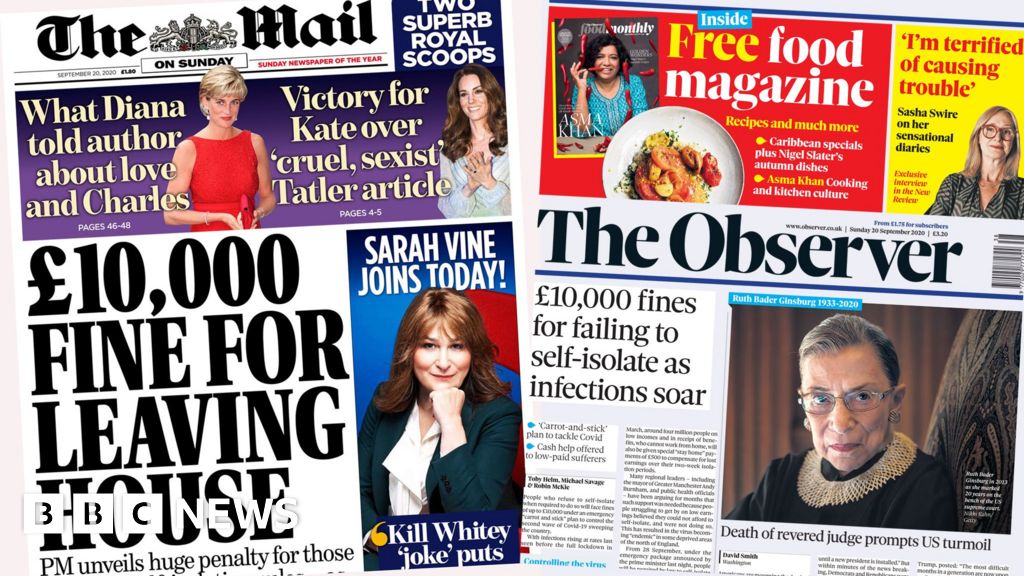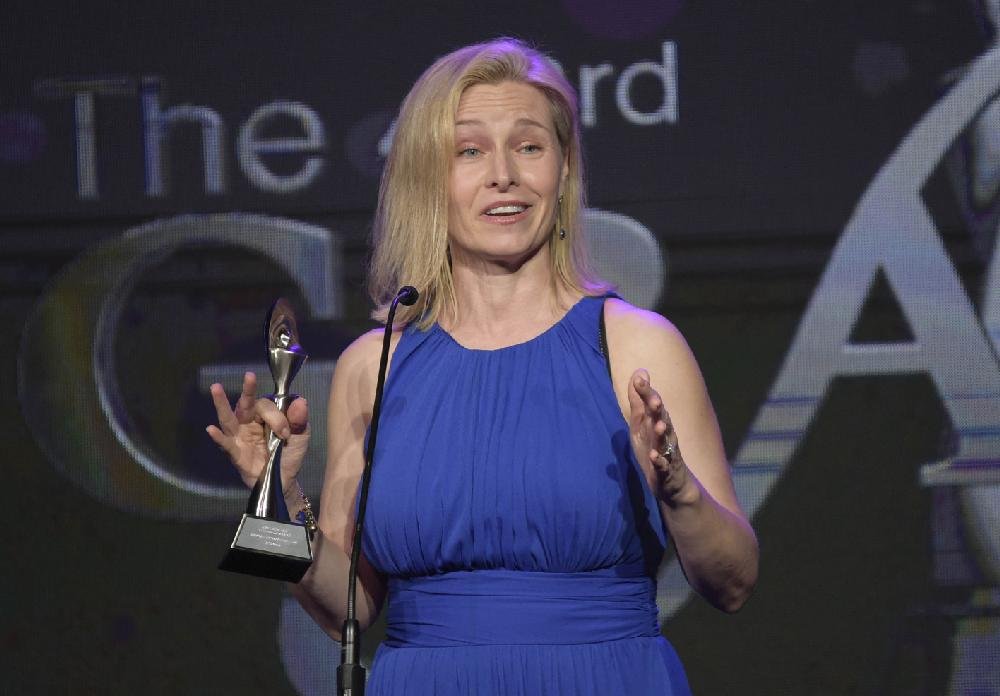
1 In addition, the nightly newscast on PBS reaches roughly 2.4 million viewers daily, according to their internal figures. The morning news shows on those networks are seen by 14.1 million viewers. Network NewsĮach evening, the three broadcast news shows on ABC, NBC, and CBS, reach approximately 27 million viewers. When available, updated data are included in the footnotes section. Note: The statistics cited here are the statistics that were accurate at the time of the launch of the Index (January 2007).

Changes in our Index are a result of changing audience ratings, sector reach and assessments of our own coding processes.īelow we describe the selection process and resulting sample for each main sector.
#Headline news today npr update#
We regularly update our sample based on survey data and research. This may skew the overall universe toward more “serious” stories, but this is also the most likely time period to include coverage of the “main” news events of the day, those that would make up the top stories each week or each month.
#Headline news today npr code#
In other words, we code the first 30 minutes of the cable news programs, the first 30 minutes of the network morning news programs, the front page of newspapers, etc. With that in mind, for outlets and publications where time does not permit coding the entire news content offered each day (three hours of network morning programming, for instance), we code the lead portion. The primary aim of the Index is to look at the main news stories of the week across the industry. We began by first identifying the various media sectors, then identifying the news media outlets within each, then the specific news programs and finally the stories within those. Within each media sector, the number of outlets and individual programs vary considerably, as do the number of stories and size of the audience. The mainstream or establishment daily news media in the United States can be broken down into five main sectors. The weighting process is discussed further down in this document. In addition to front-end selections, we have also weighted the various sectors on the back end to account for differences in audience. It involves the balancing of several factors including the number of media sectors that offer news, the number of news outlets in any given sector, the amount of news programming in each outlet and the audience reach. It is a multistage sampling process that cannot be entirely formulaic or numeric because of differences in measuring systems across media. The sample is also a purposive one, selected to meet this criteria rather than to be strictly random. Therefore, our sample, based on the advice of our academic team, is designed to include a broad range of outlets-illustrative but not strictly representative of the media universe. The Universe: What we are Studyingīecause the landscape is becoming more diverse-in platform, content, style and emphasis-and because media consumption habits are also changing, even varying day to day, the Index is designed to be broad.

Note: After consulting various reference guides and outside consultants on usage, the Project has chosen to refer to its several weekly content analysis reports as “indexes”-the version largely accepted in journalism-instead of “indices”-a term used more frequently in scientific or academic writing.


And specific methodological information for the Campaign Coverage Index is available here. Specific methodological information for the Talk Show Index is available here. Two variations of reports that PEJ has already produced using data from the News Coverage Index are the Talk Show Index and the Campaign Coverage Index. The basic Index does not involve additional possible questions–such as tone of stories, sourcing, or other matters–that could be the subject of secondary analysis of the material. Over time, this Index will tell us how stories ebbed and flowed, how the character or narrative focus of the story changed, and, stepping back one level further, what broad topic categories get more coverage than others. The Index focuses on a primary variable-the topic of the story-and measures what percentage of the newshole analyzed is about that topic. The PEJ News Coverage Index analyzes a wide swath of American news media to identify what is being covered and not covered-the media’s broad news agenda.Įach week, the Index issues a report on the top stories across the mainstream news media, as well as a breakdown of how the news agenda that week differed among the media sectors–network TV, for instance, vs.


 0 kommentar(er)
0 kommentar(er)
